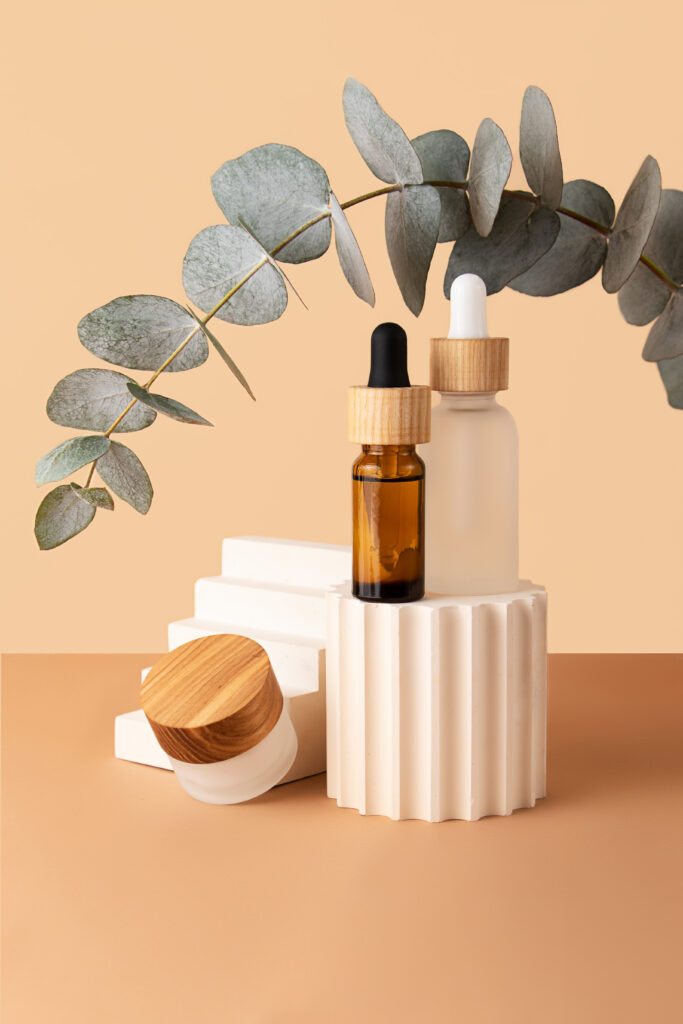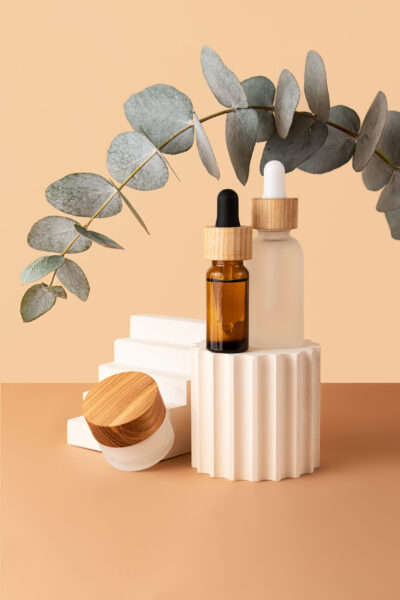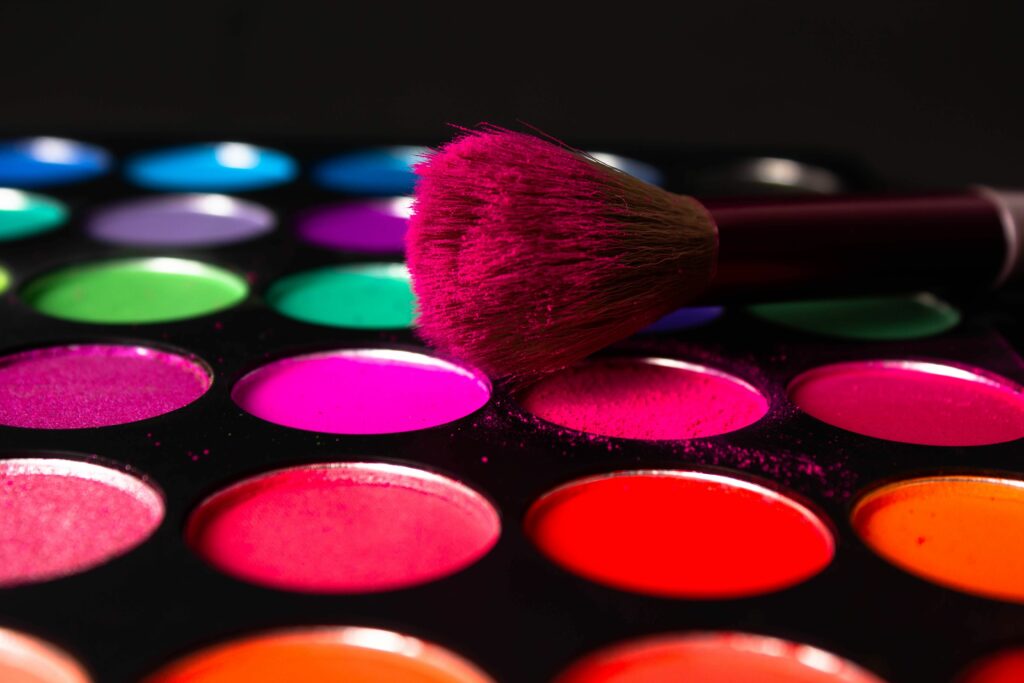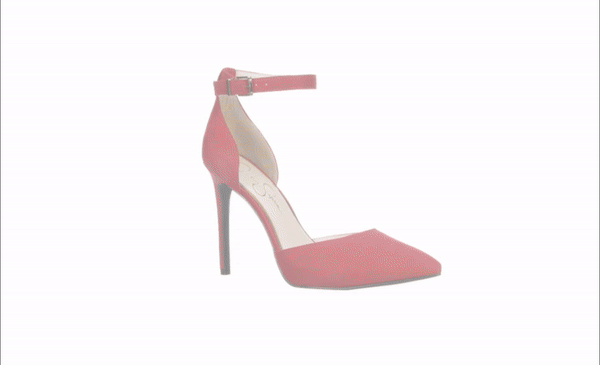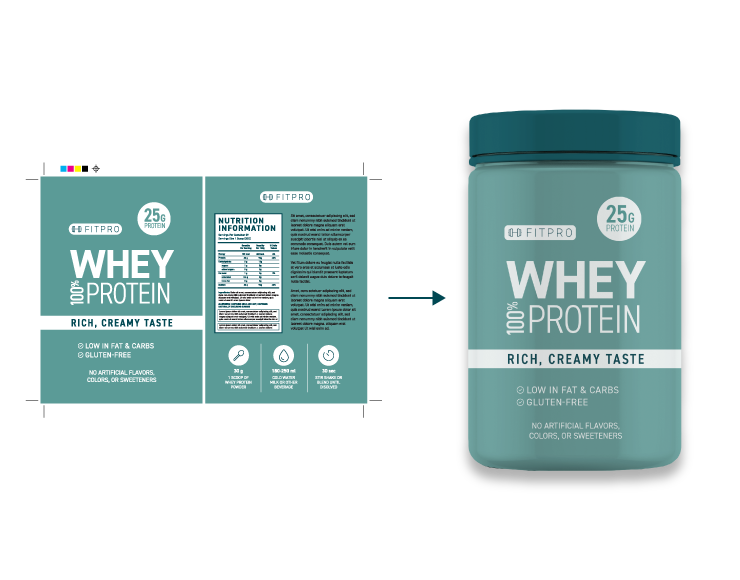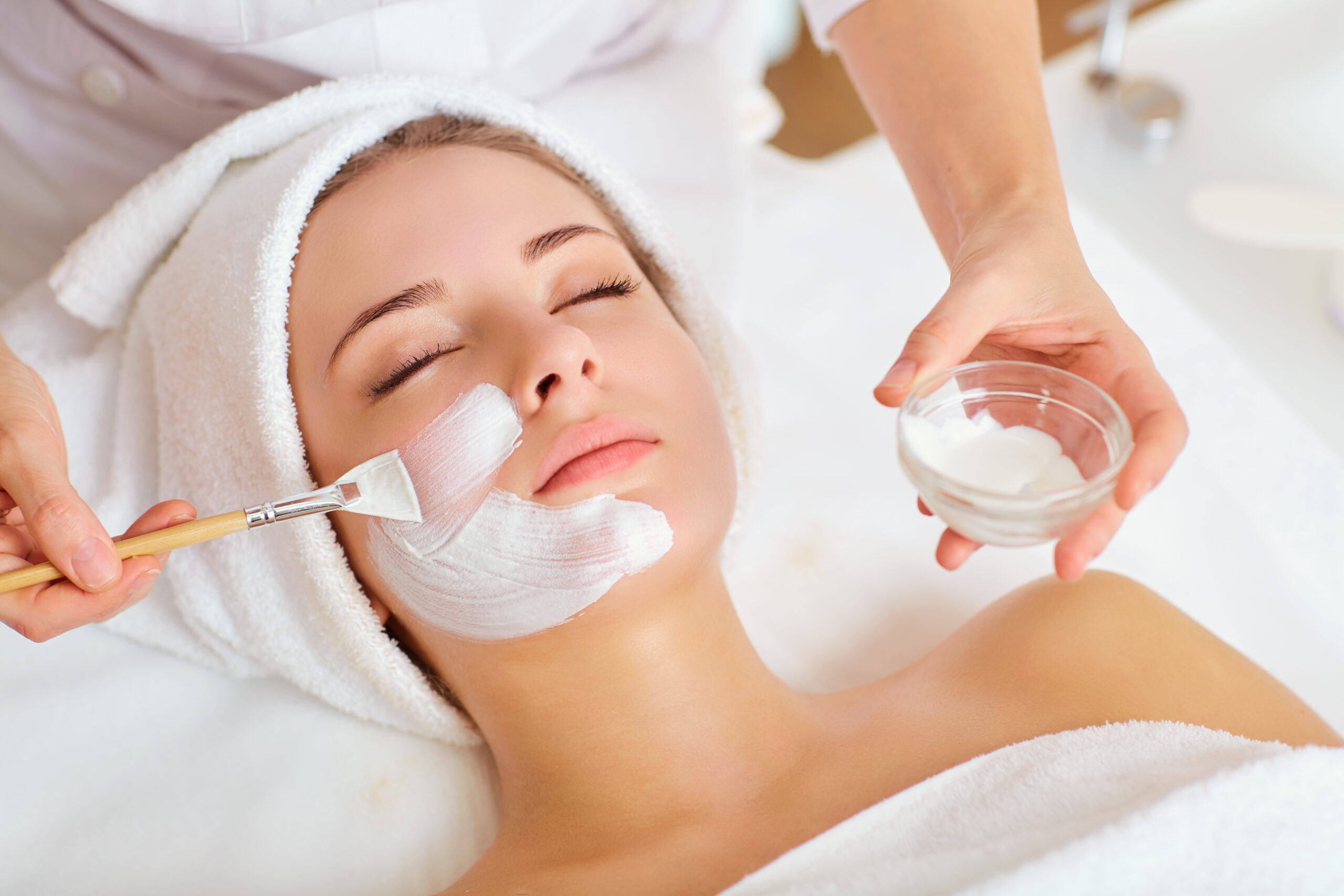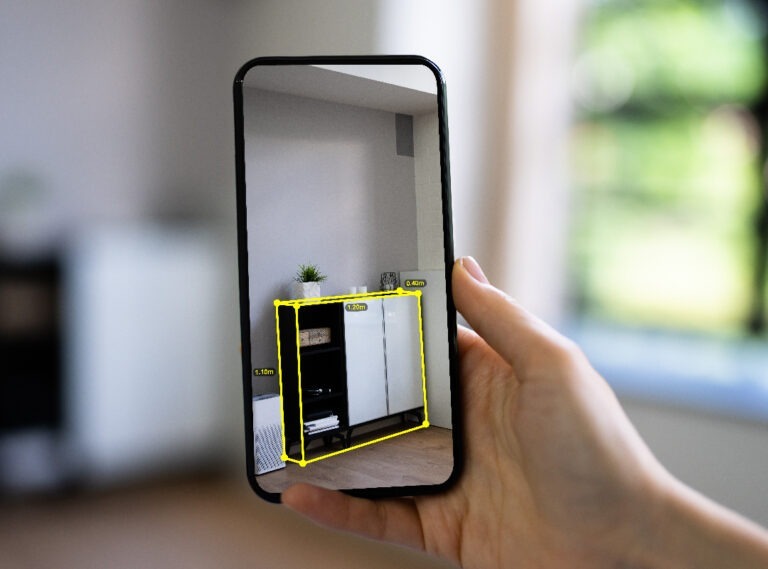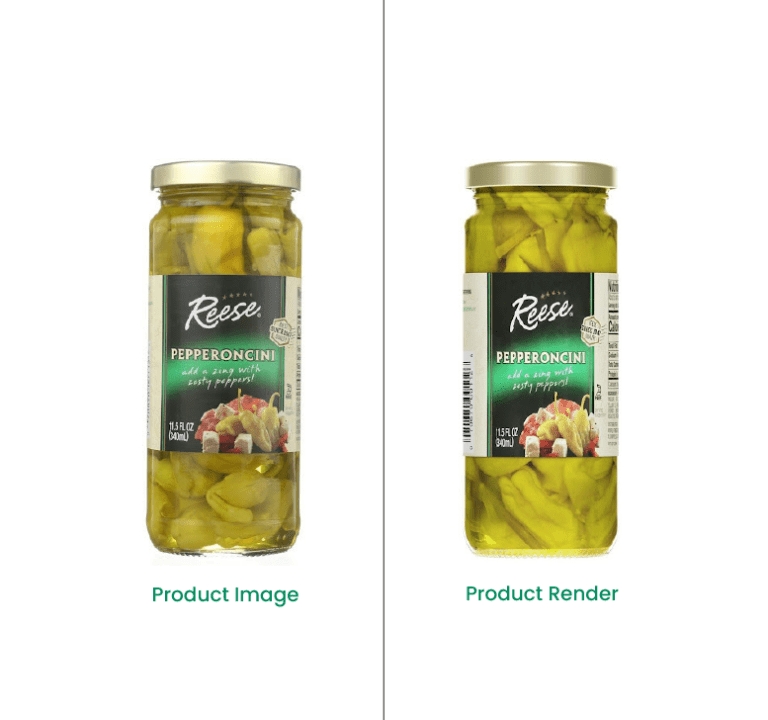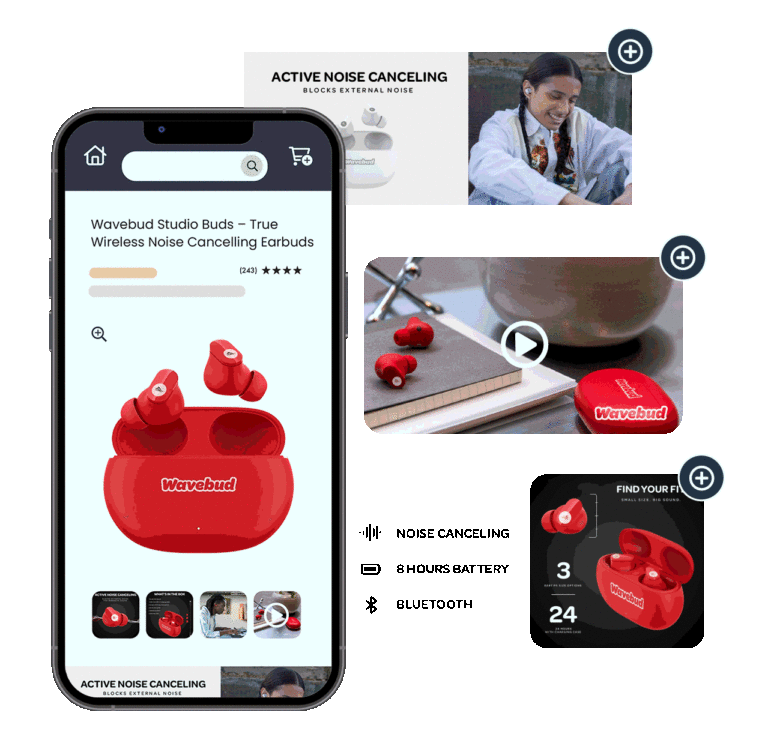In digital commerce, your imagery is your product. Product photography is more than a representation of what you offer. When consumers head to online platforms to research, compare and shop, your product imagery is the primary metric by which they evaluate your beauty products.
Understanding what consumers expect from beauty brands helps you deliver the content they want and establish your position within the market. Read on to explore beauty product photography trends for 2024 and how to capitalize on these trends to sell more starting today.
1. Tell a Story
Storytelling builds a narrative around your brand and products that center around the consumer. When you make your customers a main character in your brand’s story, they see themselves buying, using and loving your products. Product photography tells this story.
Every pain point, every benefit and feature of your products, every factor that distinguishes you from your competition: you can communicate these through product photography. Your product imagery communicates, supports and reinforces your brand storytelling and is the key to customer engagement in a competitive market.
Thoughtful, quality photography lets you connect with shoppers from their first interaction with your product or brand. Showcase your products in real-life scenarios in the context of your brand’s story, demonstrating how your product can enhance your customer’s lives.
Marketing in 2024 isn’t one-dimensional. Showcase your products within the unfolding story of your brand, and make your customer the main character.
2. Purity
Consumers shopping for cosmetics want the purest products for their bodies. They want products that won’t leave behind buildup, clogged pores and harsh chemicals that damage their hair and skin.
Communicating cleanliness and purity is among the top beauty photography trends of 2024. Natural elements (and even minimalistic themes and sets) reinforce the idea that your product refreshes and rejuvenates while conveying a sense of luxury. Sometimes, less is more. And this is true when your beauty brand aims for a clean, fresh look.
When marketing products that users will apply to their skin and hair (and even their teeth!), your imagery can help shoppers see that your products are safe and gentle while delivering the desired results. Shoppers want pure, clean products reflected in today’s beauty product photography.
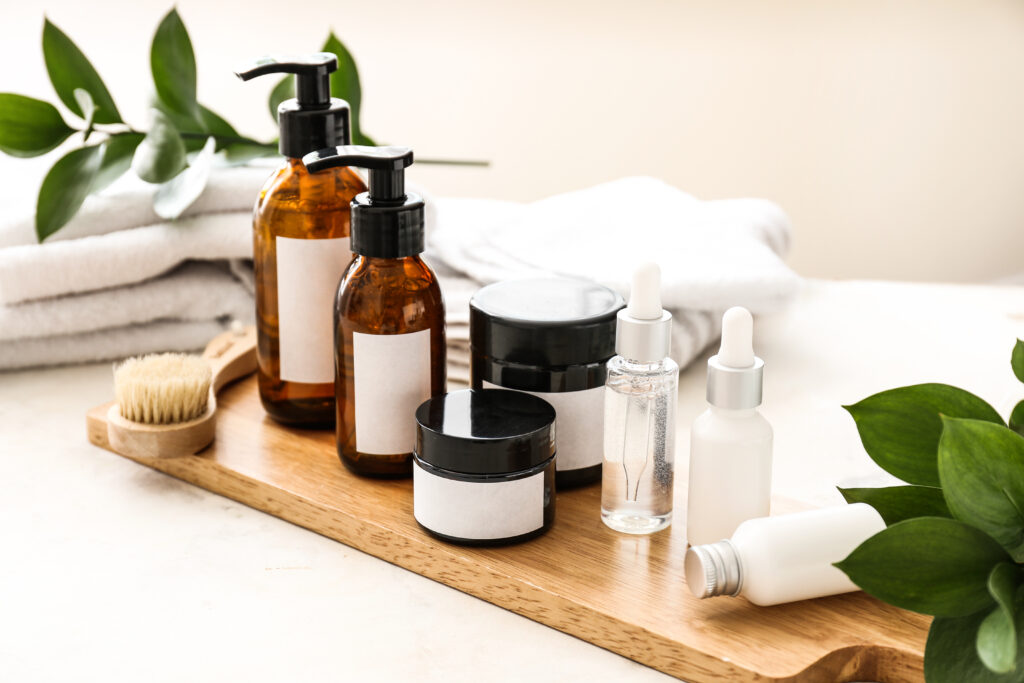
3. Vivid Color Palettes
Minimalism has its place in beauty product marketing, especially for cleansers and treatments. But don’t neglect bold color palettes!
Bold, bright, unexpected colors differentiate you from everyone else on the shelf. Whether you want to communicate whimsy, independence, daring or confidence, vibrant color palettes will get you there.
Bursts of color bring energy to your beauty product imagery, engaging shoppers and piquing their interest. Bringing color into your product photography will shape your branding for an enthusiastic audience. Explore this beauty content trend and see how to paint your products in a new and colorful light.
4. Environmentally Conscious
The last few years of retail have seen a massive push for brands to prioritize sustainable, ethical, and environmentally conscious practices. Consumers care about these issues, and shoppers will pay more for products created with social and environmental responsibility.
If beauty product photography tells your story and shapes your branding, consider how to implement your priority for sustainability in your images. Eco-friendly props, badges on your images, and, of course, highlighting vegan and cruelty-free products show your commitment to your consumers and the earth.
5. Augmented Reality and the Virtual Try On
AR technology entered the beauty product industry a few years ago. Since then, cosmetic brands have implemented AR applications, allowing shoppers a similar in-store experience of “trying” products from behind a screen.
The virtual try-on uses AR filters so users can see exactly what they can expect when they purchase a product. Cosmetics, skin and hair treatments, and other beauty products are meant to enhance the user’s look. AR applications allow shoppers to predict how a product will specifically serve them.
In 2024, shoppers expect the personalization AR provides. Including AR in your product photography ensures you’re serving shoppers in high-tech ways they expect you to.
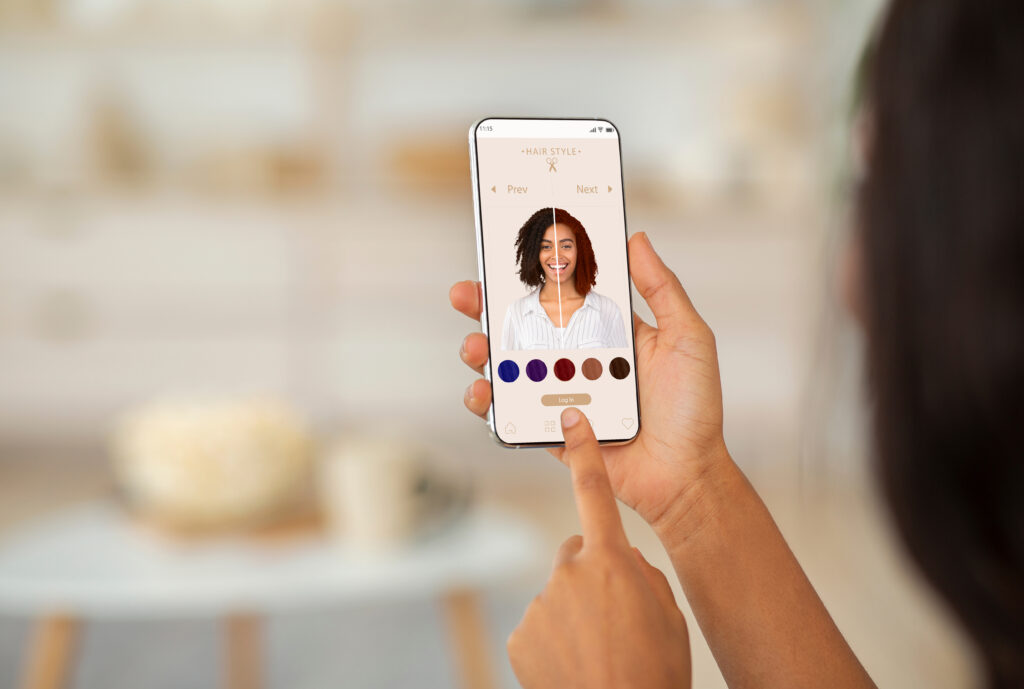
6. E-Commerce Focus with 360-Degree Spin Images
Product photography drives sales. In an omnichannel retail space, beauty brands must understand that shoppers are no longer going in-store to shop. Instead, they take to the digital shelf to explore brands, compare products, and find the best value, all to have it delivered to their doorstep.
Beauty product photography must prioritize e-commerce markets in 2024 and moving forward. Every detail matters when shoppers rely on product photography to make purchase decisions; images that provide 360-degree viewing and zoom allow shoppers to evaluate your products up close and at all angles.
Shoppers want the in-store experience of evaluating your products without stepping foot inside a brick-and-mortar to do so. Spin imagery lets them view your products from every perspective so they can know precisely what they’re buying. Product descriptions can only capture so many elements of a product. High-quality images fill the gaps and instill confidence in shoppers, so they feel ready and excited to click “buy now.”
7. User-Generated Content
Original, brand-forward product photography will be the core of your product image galleries. Product photography choices drive your branding, customer engagement and sales. And as we explored earlier, product imagery tells a story.
But your owned photos aren’t the only images of your products that shoppers will find and consider. User-generated content (UGC), including customer photos and videos, are essential components of a complete content strategy.
Brand-supplied visual content is crucial to the shopping experience, with 86% of shoppers saying they always or regularly seek out photos and videos before purchase. The same research found that 80% of consumers find photos or videos from other customers more valuable than media from brands or retailers.
The presence of UGC can make or break your beauty sales. Implementing a ratings and review management strategy helps you earn more, better quality UGC – including images of your products – that drives sales for your beauty brand.
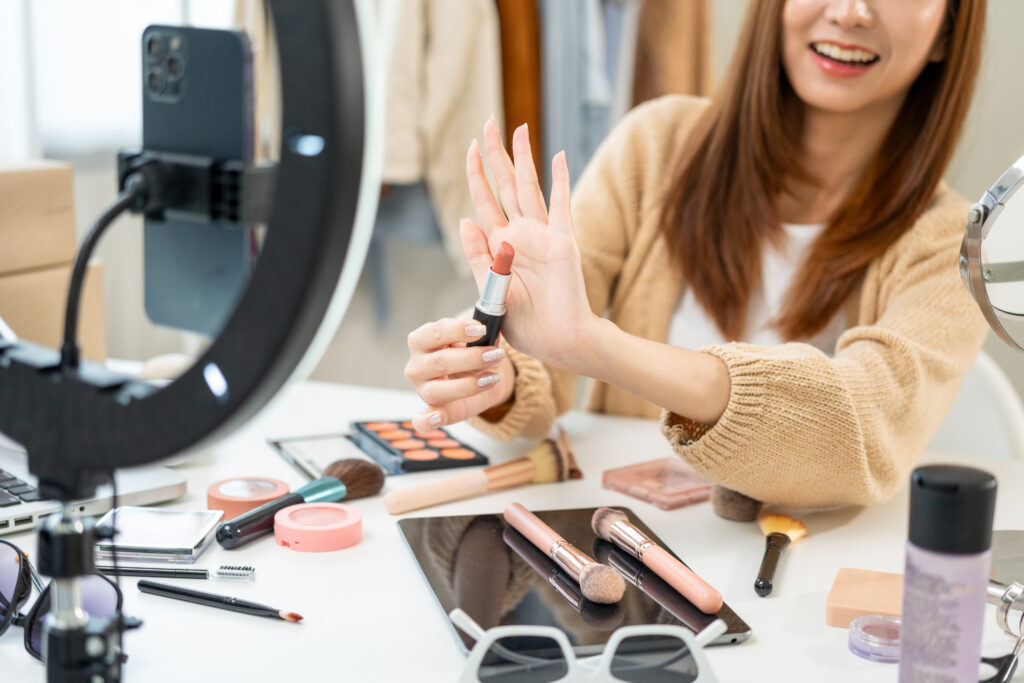
Stay on Trend with 1WorldSync
As is the nature of trends, what’s popular in the beauty marketing industry today will evolve and change. In 2024, beauty brands must understand the value product content –specifically product photography – plays in their engagement, sales, and revenue.
1WorldSync has the content solutions your brand needs to establish your position in your market and on the digital shelf. From content creation, including image capture, to UGC management to content disbursement across retailers, our platform lets you control your content and empowers you toward success.
Regardless of where trends will go, 1WorldSync is here to help you adapt and succeed. Reach out today to learn how our content solutions can help you capitalize on beauty product photography trends for 2024 and into the future.
